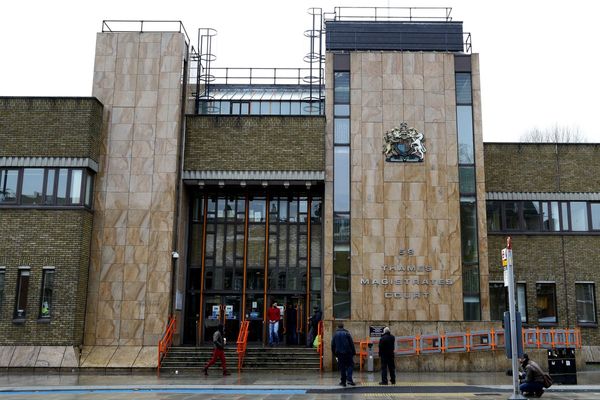
During the recent transfer window, Premier League clubs have been actively engaged in significant transfer activities. According to Transfermarkt, Premier League clubs have spent approximately €610 million on outgoing transfer fees, which is more than double the amount spent by any other league globally. Additionally, these clubs have generated around €470 million from incoming transfer fees, nearly triple the amount of any other league.
The high transfer figures can be attributed to the extensive business dealings among Premier League teams. This surge in transfers was largely influenced by the deadline set for clubs to comply with the league's profitability and sustainability rules by June 30. Many clubs were in urgent need of immediate profits, and the most viable way to achieve this was by allowing players to depart in exchange for substantial sums of money.
The profitability and sustainability rules have been in place since 2013, with clubs permitted to incur losses of up to £35 million annually. Compliance is assessed over a rolling three-year period, allowing clubs to sustain losses of up to £105 million within that timeframe. However, due to inflation and increased revenues, the financial landscape has evolved significantly since the rules were first implemented.
Several clubs faced penalties last season for breaching the rules, prompting a rush among teams to align with the regulations during the summer transfer window. Despite some reservations about the rules, most clubs took proactive measures to adhere to them, signaling a collective effort to comply with the league's financial guidelines.
Financial regulations in soccer aim to prevent clubs from overspending, accumulating debt, and risking insolvency. While these regulations have been effective in curbing financial mismanagement, they also pose challenges for new clubs aspiring to compete at the highest level and vie for prestigious titles.
Amidst the compliance requirements, clubs engaged in strategic transfer deals to meet financial targets. Swap deals, where players are exchanged between clubs, emerged as a common practice to balance transfer profits and expenditures. These transactions allowed clubs to navigate the financial landscape while bolstering their squads with promising talents.
Despite the financial constraints imposed by the rules, clubs like Aston Villa have managed to make strategic moves to maintain competitiveness. By offloading players to meet profit targets, clubs have navigated the financial landscape while aiming to strengthen their squads for upcoming competitions.
The recent transfer window showcased the intricate financial dynamics within the Premier League, highlighting the balancing act between compliance with financial regulations and strategic squad building for sustained success.







